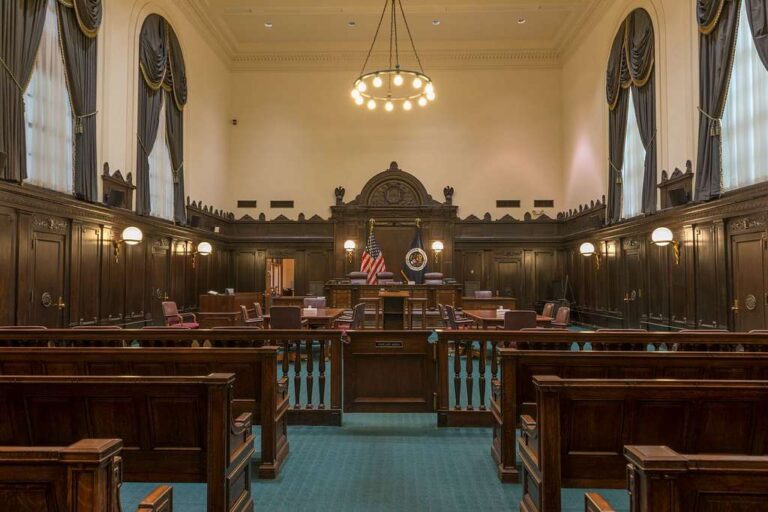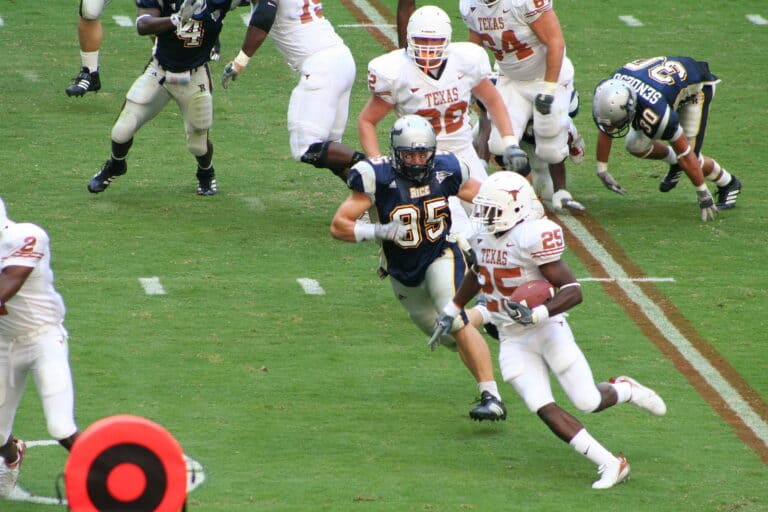In February, the Supreme Court heard oral arguments in Janus v. AFSCME. Today, a slight majority of the Court issued a decision that regrettably impacts far more than just “fair share” fees and the more than 40-year-old precedent established by Abood v. Detroit Board of Education that declared those fees to be constitutional. Indeed, the issues raised in Janus were weaponized by powerful special interests trying to push their partisan agenda to the mainstream by steamrolling long-standing legal precedents and principles. Facing this intrusion on the judiciary, a majority of the Court shamefully abandoned the foundational principles upon which it was founded.
In just the past five years, the Supreme Court has heard three cases regarding a union’s ability to collect fair share fees. This flurry of cases is no coincidence. That’s because these cases have been financed by a handful of organizations that have continuously tried to chip away at workers’ rights. Justice Alito opened the floodgates in 2012 by expressing concern in Knox v. SEIU that the Court’s previous justification for fair share fees was “something of an anomaly.”
Not surprisingly, anti-union special interests took note of this apparent invitation to challenge fair share fees. In 2014, the National Right to Work Legal Defense Foundation (NRTWLDF) funded the petitioners in Harris v. Quinn, a Supreme Court case involving fair share fees and home care workers. Justice Alito found that home care workers were not “full-fledged” public workers, thus navigating around the precedent set for public workers in Abood.
Shortly thereafter, in 2016, the Center for Individual Rights (CIR) funded the petitioners in Friedrichs v. California Teachers Association. The petitioners in this case actually asked the district and circuit court to rule against them so they could appeal the case to the Supreme Court as quickly as possible. Ultimately, the death of Justice Antonin Scalia left the Court divided on Friedrichs, and eventually, the NRTWLDF and the Liberty Justice Center (LJC) funded a new group of petitioners for the third challenge in Janus v. AFSCME.
Money was no concern for the legal groups funding the petitioners in these cases. According to publically available tax documents, the NRTWLDF, CIR, and LJC share a group of donors that is a “who’s who” of wealthy conservatives dedicated to diminishing workers’ rights in America. These organizations include the Donors Trust and Donors Capital Fund—significantly funded by the Koch network— the Sarah Scaife Foundation, the Lynde and Harry Bradley Foundation, the Ed Uihlein Family Foundation, and the Dunn’s Foundation for the Advancement of Right Thinking.
These “dark money” groups are structured as 501(c)(4) organizations so they can utilize tax code loopholes to run huge political operations without ever publicly disclosing their donors. Unfortunately, the political influence of “dark money” has increased significantly over the last 15 years. In 2014, “dark money” election contributions totaled more than S174 million—an astronomical increase from less than $5.2 million in 2006. While it is deeply troubling that these organizations distort our democracy by pumping millions of dark dollars into our elections, it is even more horrifying that these dark-money forces have now successfully politicized and distorted a majority of the Court.
These organizations were not subtle in their attempts to politicize this case. After Justice Gorsuch was nominated to the bench, one conservative commentator rejoiced, “I am hopeful that Trump appointee Justice Neil Gorsuch will come to the rescue and stand over the public-sector unions’ casket with a mallet and a wooden stake.” And even prior to this decision, Justice Gorsuch did little to allay these concerns. Our colleague, Senator Elizabeth Warren, aptly pointed out that on the same day that the Court granted cert in Janus, Justice Gorsuch gave a speech at the Trump International Hotel hosted by The Fund for American Studies (TFAS)—a group funded by the same organizations that backed Harris, Friedrichs, and Janus, including the Charles Koch Foundation and the Bradley Foundation.
To fully understand the impact of this ideological invasion on the Court, we must recognize the bedrock legal principles that the majority chose to ignore in Janus. Before the Court decided to hear Janus, both the district court and Seventh Circuit found that the case should be dismissed because the original plaintiff did not have standing to sue. Eventually, however, the lower courts allowed the current petitioners to intervene so the case could proceed—despite a clear precedent from the Supreme Court explaining that intervention cannot “cure th[e] vice” if a court lacked jurisdiction over the “original suit.”
As we argued in an amicus brief to the Court, standing is an essential safeguard for the Court, a principle Chief Justice Roberts recognized in 1993 when, prior to joining the Supreme Court, he wrote:
Standing is an apolitical limitation on judicial power. It restricts the right of conservative public interest groups to challenge liberal agency action or inaction, just as it restricts the right of liberal public interest groups to challenge conservative agency action or inaction. . . .
Even though the majority willfully ignored standing in this case, it should have been further restricted by stare decisis. In Federalist #78, Hamilton explained that it was vital for the Court to “be bound down by strict rules and precedents, which serve to define and point out their duty in every particular case that comes before them.” As Justice Brandeis famously wrote, stare decisis is based on the idea that it is usually “more important that the applicable rule of law be settled than that it be settled right.”
Over 40 years ago when the Court heard Abood, it correctly applied First Amendment principles to determine that fair share fees were constitutional. Since then, nearly half of the states have relied on that ruling to integrate fair share fees into their labor systems. By choosing to ignore stare decisis in Janus, especially after Justice Gorsuch’s recent appointment, the majority unfortunately ignored a clear warning expressed by Justice Stewart in 1972 and again reiterated by Justice O’Connor in 1992:
A basic change in the law upon a ground no firmer than a change in our membership invites the popular misconception that this institution is little different from the two political branches of the Government. No misconception could do more lasting injury to this Court.
With a public rapidly losing trust in our democratic institutions, a small majority of the Court has squandered an opportunity to recapture Americans’ confidence by adhering to its core principles and amplifying its role as a neutral arbiter of the law. It has also sent a clear message to special interests that it can be bought with dark money and be used as a vehicle to drive partisan agendas. The Respondents had plenty of legal arguments on their side, but few are as important as upholding the principles that shape the impartiality of the Supreme Court. For this reason—as well as many others—this decision signals a truly sad day for the United States of America.






Daily News & Commentary
Start your day with our roundup of the latest labor developments. See all
November 28
Lawsuit against EEOC for failure to investigate disparate-impact claims dismissed; DHS to end TPS for Haiti; Appeal of Cemex decision in Ninth Circuit may soon resume
November 27
Amazon wins preliminary injunction against New York’s private sector bargaining law; ALJs resume decisions; and the CFPB intends to make unilateral changes without bargaining.
November 26
In today’s news and commentary, NLRB lawyers urge the 3rd Circuit to follow recent district court cases that declined to enjoin Board proceedings; the percentage of unemployed Americans with a college degree reaches its highest level since tracking began in 1992; and a member of the House proposes a bill that would require secret ballot […]
November 25
In today’s news and commentary, OSHA fines Taylor Foods, Santa Fe raises their living wage, and a date is set for a Senate committee to consider Trump’s NLRB nominee. OSHA has issued an approximately $1.1 million dollar fine to Taylor Farms New Jersey, a subsidiary of Taylor Fresh Foods, after identifying repeated and serious safety […]
November 24
Labor leaders criticize tariffs; White House cancels jobs report; and student organizers launch chaperone program for noncitizens.
November 23
Workers at the Southeastern Pennsylvania Transportation Authority vote to authorize a strike; Washington State legislators consider a bill empowering public employees to bargain over workplace AI implementation; and University of California workers engage in a two-day strike.